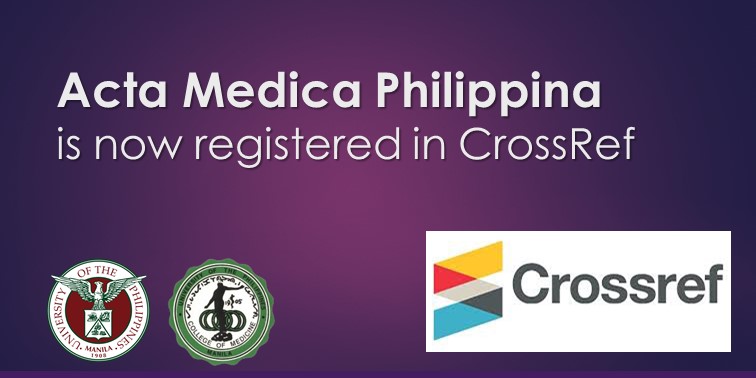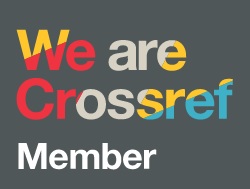Knowledge and Consumption of Fruits and Vegetables of Selected Public and Private Senior High School Students in Imus City, Cavite
DOI:
https://doi.org/10.47895/amp.vi0.6487Keywords:
nutrition, knowledge, consumption, fruits, vegetablesAbstract
Background. The 2019 Expanded National Nutrition Survey results showed that the contribution of fruits and
vegetables (FV) in the one-day food intake of adolescents only accounted for 2.6% and 5.9%, respectively. Numerous literatures also stated that insufficient intake of FV is associated with the development of most non-communicable diseases.
Objectives. This study was undertaken to compare the knowledge and consumption of FV between selected
respondents from public and private SHS in Imus City.
Methods. The study used a descriptive research design, and convenience sampling was done to gather respondents. A self-administered questionnaire was developed and the level of knowledge on FV was classified into low, fair, and good. In the evaluation of FV amount consumption, the Daily Nutrition Guide Pyramid for Teens was used. The data were reported in mean, mode, and percentages.
Results. More public SHS (49%) obtained a good level of knowledge on nutrient contents of FV, and consumed fruits (61%) more than the recommended daily serving. While more private SHS (96%) had a good level of knowledge of its health benefits but consumed vegetables (67%) less than the recommended daily serving. Their most consumed vegetables were dahon ng sili and garlic. The most consumed fruits were Indian mango and pear. Squash (47%) was the most liked vegetable by both groups. The majority of public SHS identified banana (37%) as their most liked fruit while it was mango (22%) for the majority of private SHS. Public SHS respondents were also recorded to have a lower average estimated family expenditure on FV.
Conclusion. The study concluded that both public and private SHS do not consume adequate amounts of FV despite their good level of knowledge of its nutrients and health benefits.




.jpg)



